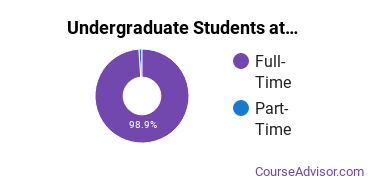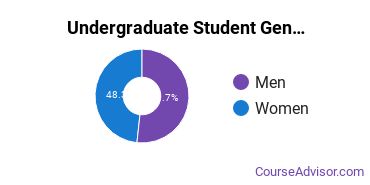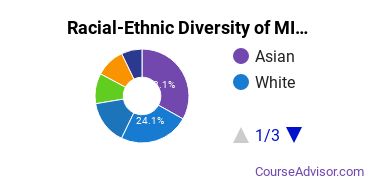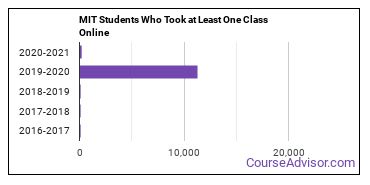Massachusetts Institute of Technology Overview
Located in Cambridge, Massachusetts, Massachusetts Institute of Technology is a private not-for-profit institution. The location of MIT is great for students who prefer living in an urban area.
What Is Massachusetts Institute of Technology Known For?
- Students who want to work more closely with their professors have an easier time at MIT since the student to facuty ratio is 3 to 1.
- The highest award offered at MIT is the doctor's degree.
- For the <nil> academic year, 99% of the faculty were full-time.
- Students who graduate from MIT with a bachelor's degree make about $124,213 a year. That's 204% more than those who graduate from other schools.
- It takes the average MIT student 4.1 years to graduate. This is pretty good when compared to the national rate of 4.4 years.
Featured schools near , edit
Where Is Massachusetts Institute of Technology?

Contact details for MIT are given below.
| Contact Details | |
|---|---|
| Address: | 77 Massachusetts Avenue, Cambridge, MA 02139-4307 |
| Phone: | 617-253-1000 |
| Website: | web.mit.edu |
| Facebook: | http://www.facebook.com/MITnews |
| Twitter: | http://twitter.com/mit |
How Do I Get Into MIT?
You can apply to MIT online at: my.mit.edu/
Admission Requirements for MIT
| Submission | Required? |
|---|---|
| High School GPA | Recommended |
| High School Rank | Neither required nor recommended |
| High School Transcript | Required |
| College Prep Program | Recommended |
| Recommendations | Required |
| SAT or ACT Scores | Recommended |
| TOEFL | Recommended |
How Hard Is It To Get Into MIT?
Approximately 49% of accepted students are men and 51% are women. The acceptance rate for men is 3%, and the acceptance rate for women is 6%.
Can I Afford Massachusetts Institute of Technology?
The net price is calculated by adding tuition, room, board and other costs and subtracting financial aid.
Student Loan Debt
It's not uncommon for college students to take out loans to pay for school. In fact, almost 66% of students nationwide depend at least partially on loans. At MIT, approximately 6% of students took out student loans averaging $7,235 a year. That adds up to $28,940 over four years for those students.
Massachusetts Institute of Technology Undergraduate Student Diversity

There are also 7,296 graduate students at the school.
Gender Diversity
Of the 4,588 full-time undergraduates at MIT, 52% are male and 48% are female.

Racial-Ethnic Diversity
The racial-ethnic breakdown of Massachusetts Institute of Technology students is as follows.

| Race/Ethnicity | Number of Grads |
|---|---|
| Asian | 1,519 |
| Black or African American | 328 |
| Hispanic or Latino | 697 |
| White | 1,104 |
| International Students | 478 |
| Other Races/Ethnicities | 462 |
Geographic Diversity
Massachusetts students aren't the only ones who study at Massachusetts Institute of Technology. At this time, 49 states are represented by the student population at the school.
Over 134 countries are represented at MIT. The most popular countries sending students to the school are China, India, and Canada.
Online Learning at Massachusetts Institute of Technology
The following chart shows how the online learning population at MIT has changed over the last few years.

Online Growth Rankings of MIT
The average growth rate over the last four years of online students at Massachusetts Institute of Technology was 3,988.2%. This is the #57 largest growth rate of all schools that are mostly online. This refers to all students at MIT regardless of major.
When we speak of partially online, we are referring to schools whose online population is less than 50% of its total student body. Mostly online refers to those with online populations greater than or equal to 50%.
References
*The racial-ethnic minorities count is calculated by taking the total number of students and subtracting white students, international students, and students whose race/ethnicity was unknown. This number is then divided by the total number of students at the school to obtain the racial-ethnic minorities percentage.
- College Factual
- National Center for Education Statistics
- Image Credit: By InSapphoWeTrust under License
More about our data sources and methodologies.
Featured Schools
 Request Info
Request Info
|
Southern New Hampshire University You have goals. Southern New Hampshire University can help you get there. Whether you need a bachelor's degree to get into a career or want a master's degree to move up in your current career, SNHU has an online program for you. Find your degree from over 200 online programs. Learn More > |
